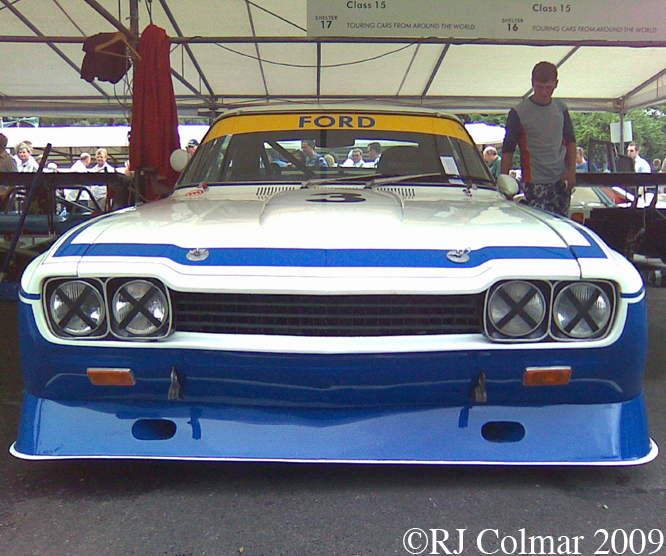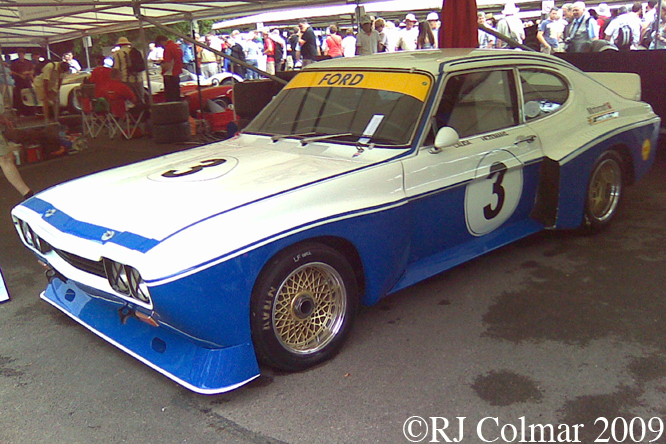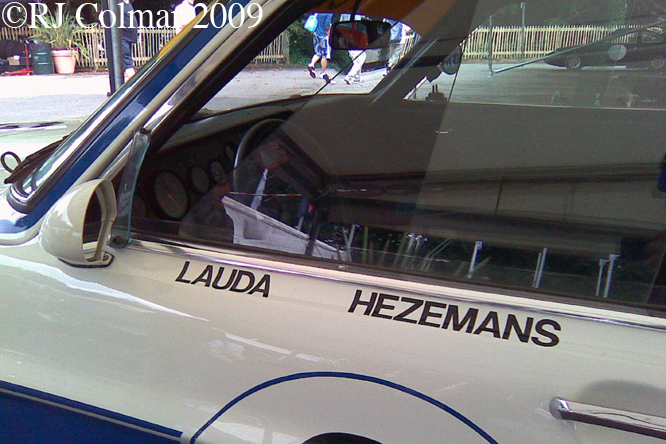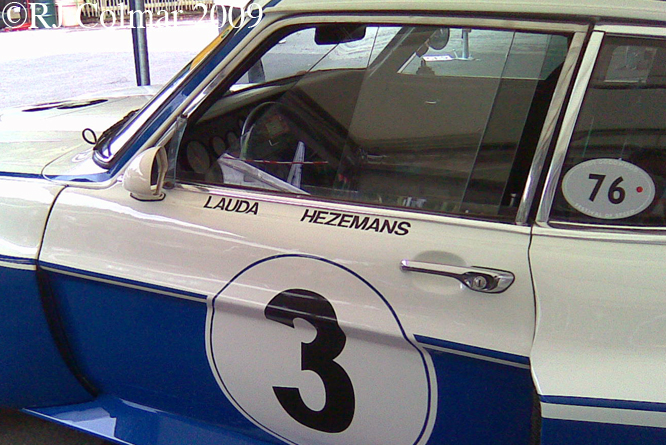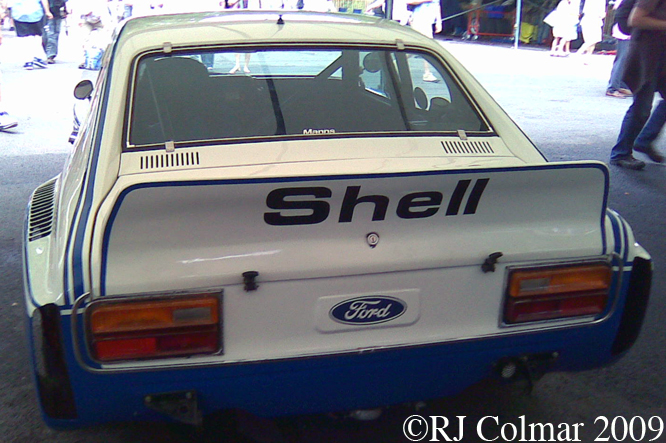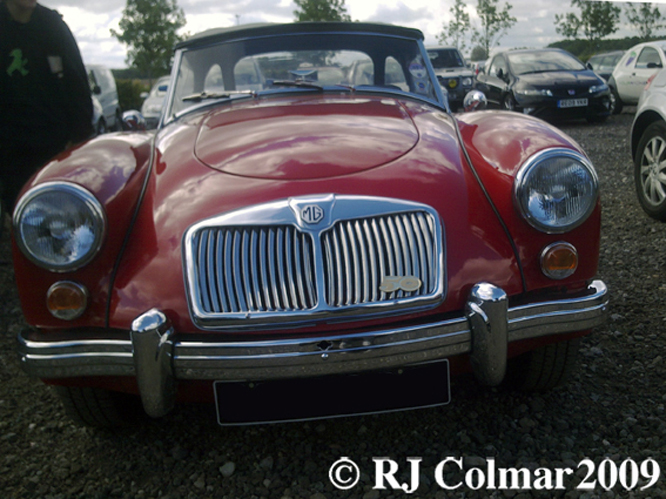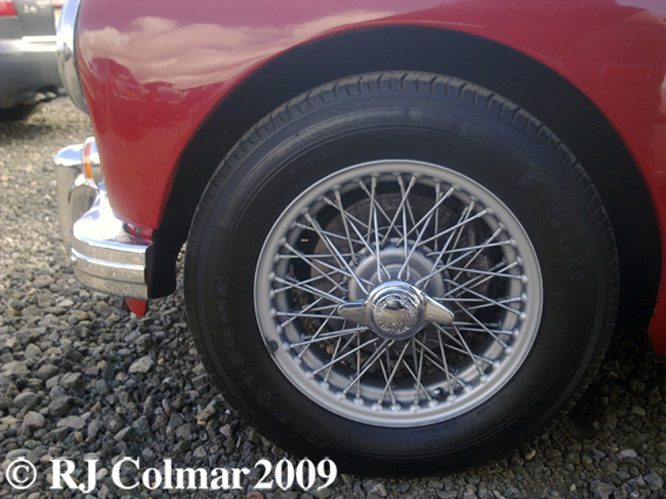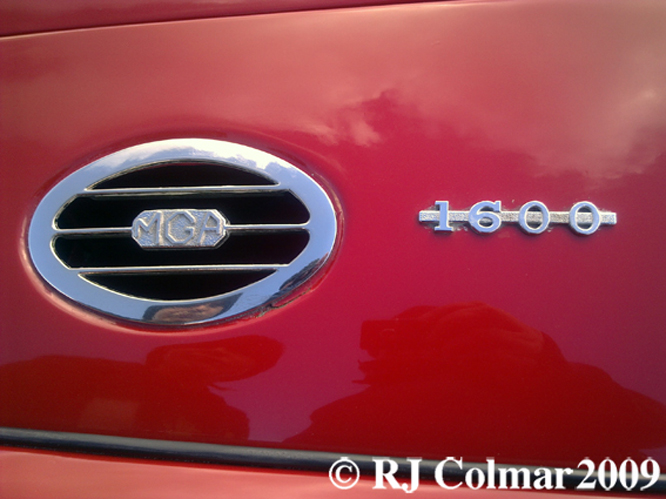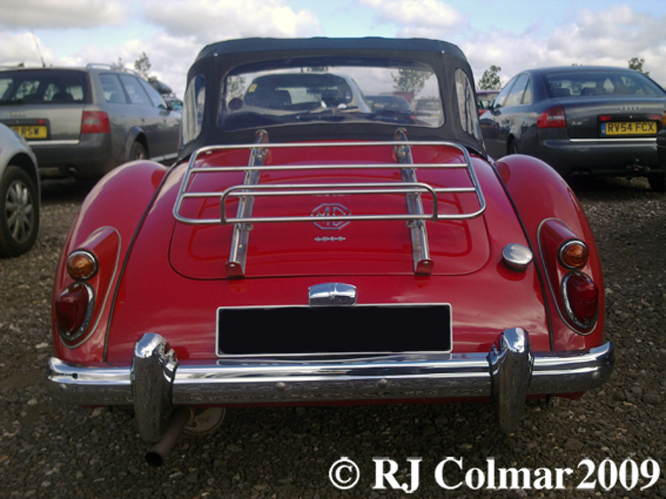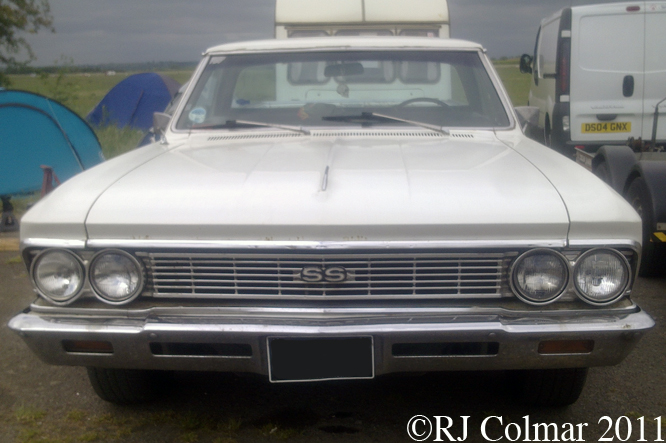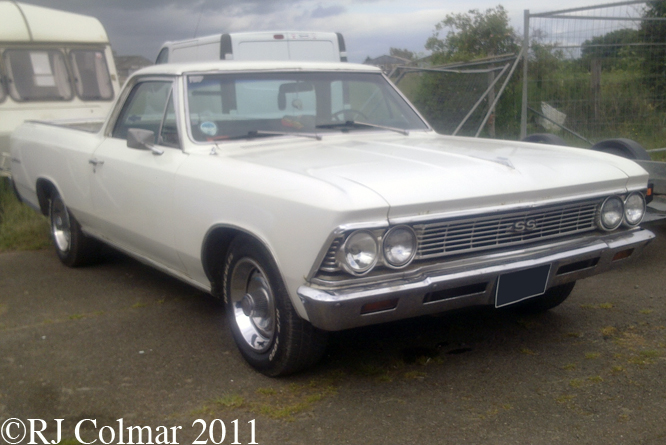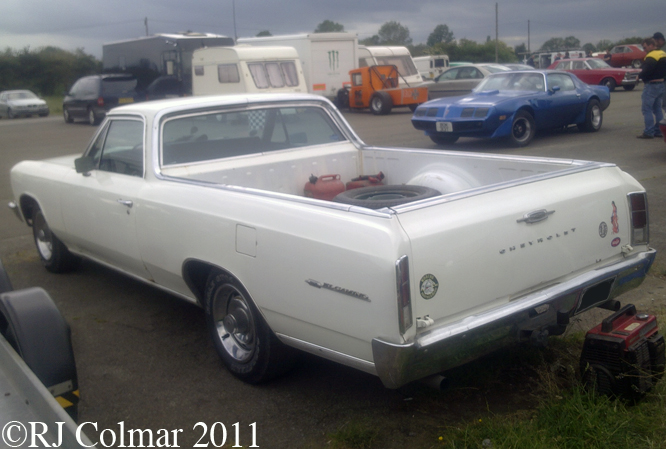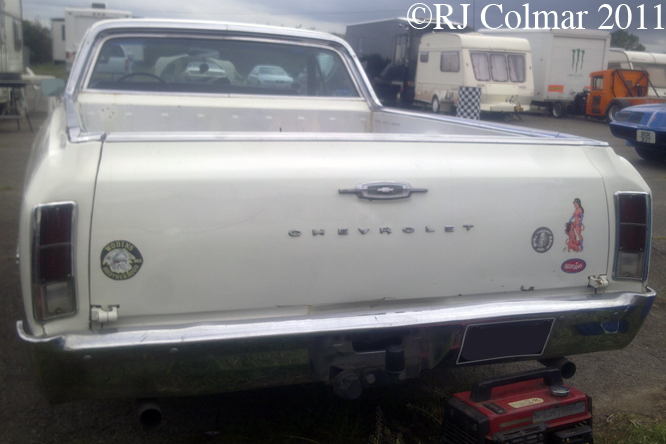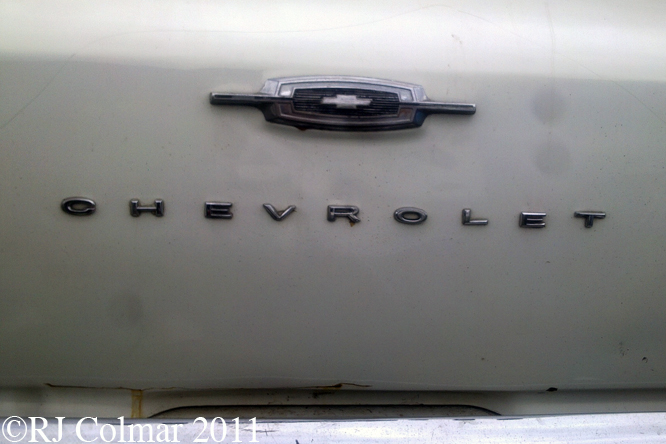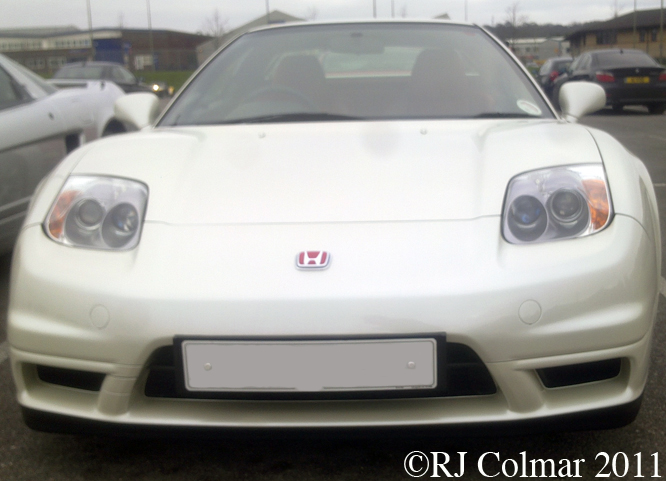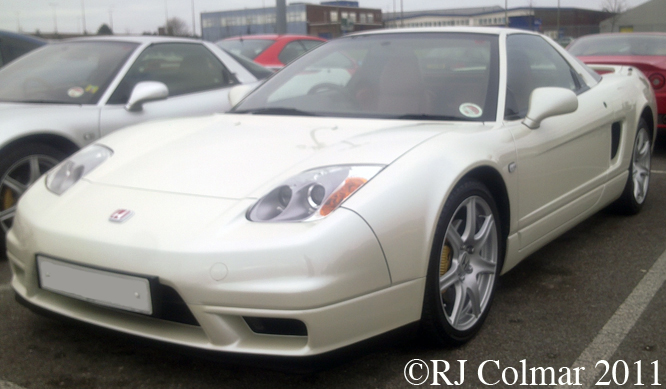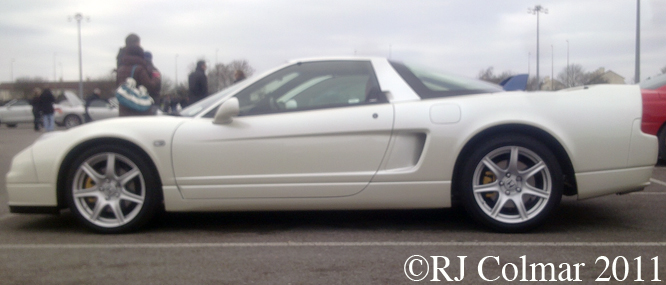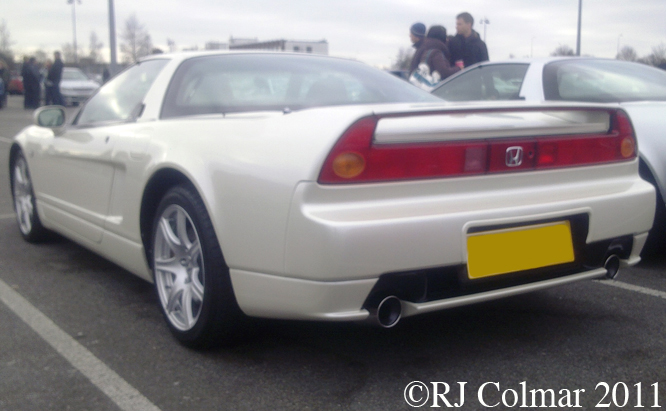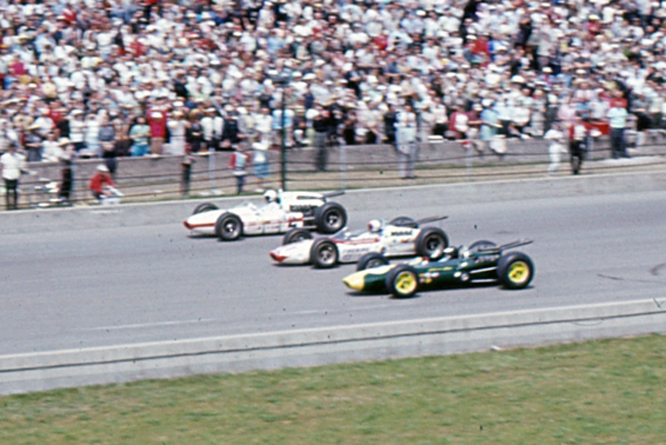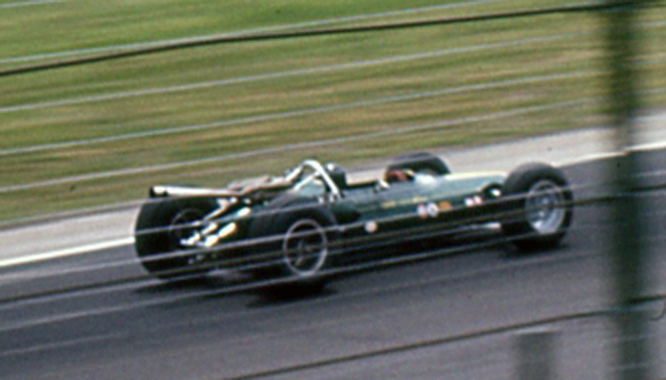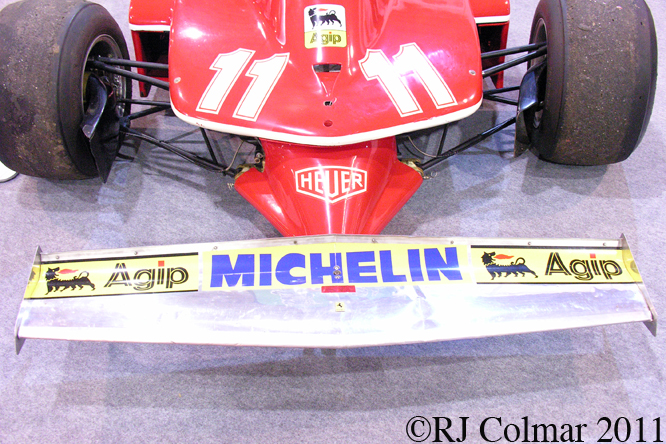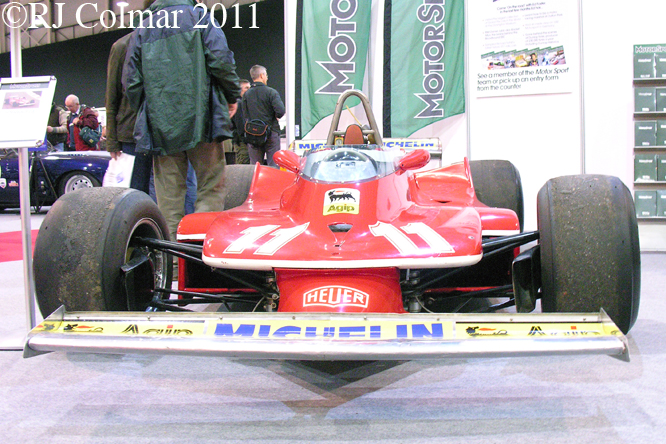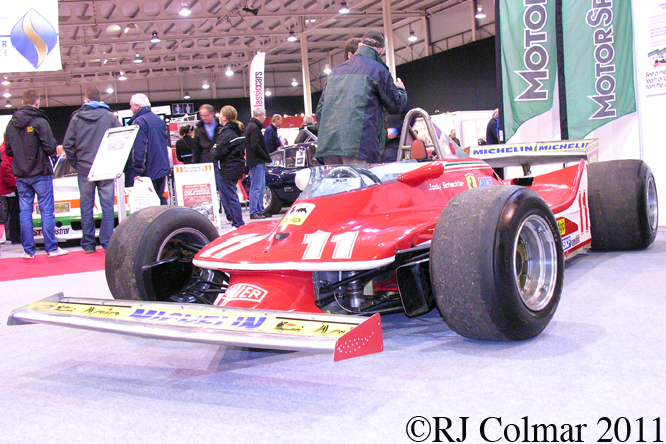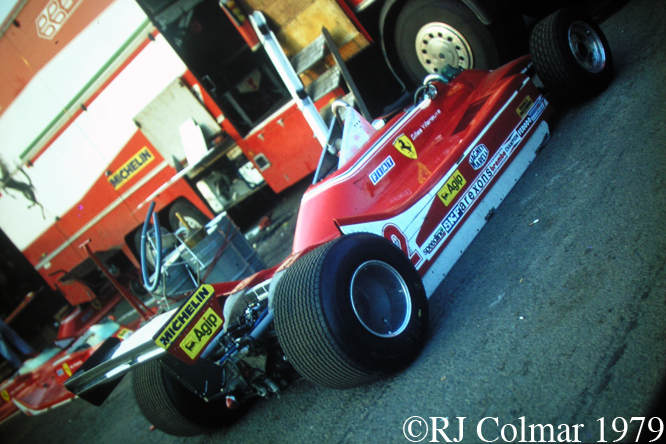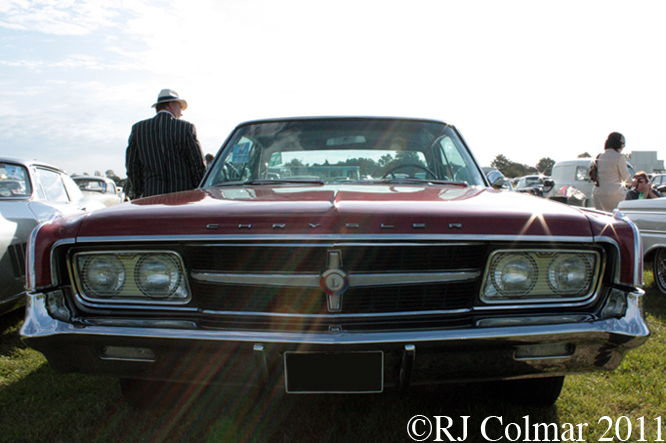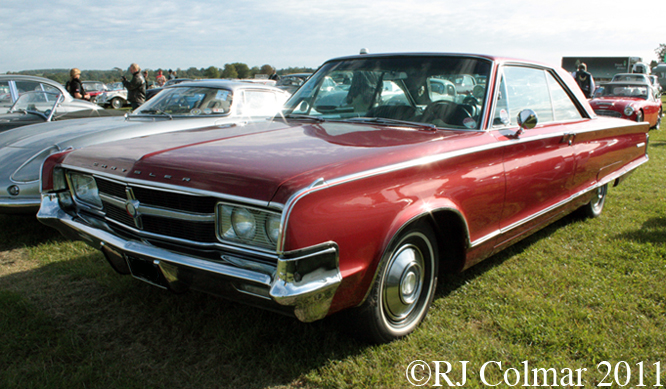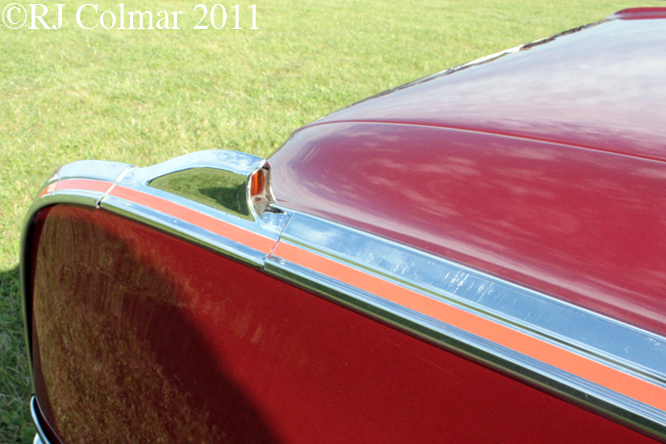With apologies to my Rowdy friends who will have read much of this before, I hope you will agree that there is good reason for reposting this blog today. The Ford Capri RS 3100 was the final 1974 racing evolution of the Mk1 Ford Capri that was launched in 1969. It is thought that four RS3100’s were built by the Ford Competitions department in Cologne, Germany.
The racing debut of the RS3100 appears to have been by the Harry Theodoracopoulos team in the the 1974 Atlanta Six Hours where Harry and team mate Horst Kwech qualified 32nd but are not recorded as finishing the race.
A week later Ford’s Cologne factory team entered two RS3100’s at the Nurburgring Eifelrennen in Germany, where one time German NASCAR racer, ‘dega 1971, Rolf Stommelen & Toine Hezemans scored a one, two in the German Touring car championship.
Power comes from a 440 hp Cosworth developed GAA quad cam 24 valve V6 motor, a similar type was also used in European Formula 5000 races with some success. To improve engine bat aerodynamics and weight distribution the radiators were mounted ahead of the rear wheels.
Despite it’s high state of tune the RS3100 was generally outclassed by the BMW CSL ‘Batmobiles’ much as it’s predecessors the Capri RS 2600 and Capri RS had been in 1973.
This vehicle appear’s painted up at Goodwood as the #3 Niki Lauda used at the two Norisring races on the 15th of September 1974 where he finished 6th and 20th.
Toine Hezemans was Lauda’s team mate that day in the #4 entry who in a symmetrical reversal of fortunes came in 16th in the first race and 2nd in the second race.
Not sure how Niki Lauda who was in the first year of a Ferrari contract was allowed to race for the work’s Ford team given that just a decade earlier Enzo Ferrari and Ford had spectacularly fallen out over a deal in which Ferrari was supposed to sell out to Ford. These days it is extremely rare for a contracted Formula One driver to be allowed to race in any other category.
The RS 3100 differed visibly from it smaller engined Capri RS 2600 and Capri RS brethren with the addition of this large Gurney flap on the back.
I hope you will join me in wishing one of my all time hero’s Niki Lauda a very Happy Birthday.
Thanks for joining me on the Birthday Boy edition of ‘Gettin’ a li’l psycho on tyres’, I hope you will join me again tomorrow don’t forget to come back now !

